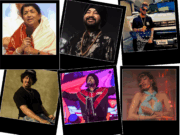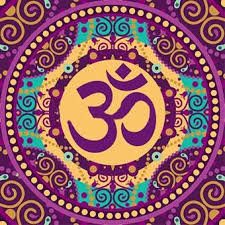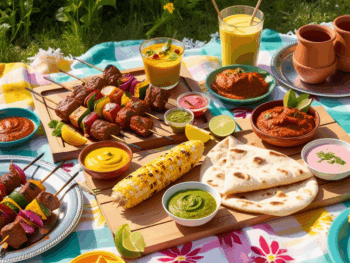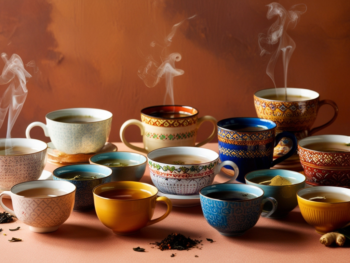The word mantra is not uncommon to most of us from South Asian decent and/or any one that has taken a yoga class where your instructor guided you to chant the mantra Om (Aum). As mantras continue to evolve and gain worldwide popularity, we’re taking a closer look at the ancient Indian trend and dissect what mantra really means in today’s mindful world.
What exactly is a mantra?
Dating back to ancient roots in India over 3000 years ago, mantra is the Vedic Sanskrit word to describe a sacred or spiritual sound. A syllable, group of words, chant or even a hymn, a mantra come take shape in a variety of ways. Though it’s most traditional form is found in Hinduism, Sikhism, Jainism and Buddhism, similar concepts can be found in several religions including Christianity. A practice meant to uplift the practioner, mantras are intended to generate feelings of peace, spirituality and instill a sense of calm. The most popular and commonly used mantra involves reciting Om (Aum, ॐ).
Why recite a mantra?
With all the political turbulence in the world and with mantra’s being a peaceful practice, a better question to ask may be why not? Here’s a few reasons why they are worth trying:
- Mantras can move you: Sounds can have an impact on the human psyche and elicit a range of emotions. Ever been at a wedding and felt an excited pull towards the dance floor when you’re favorite Panjabi MC bhangra song started? Or got teary eyed watching the new couple dance to Oh Saathi Re? Reciting positive mantras can help us release tension, and feel a sense of healing. Mantras can also enhance our meditation practices and make us feel a sense of community if practiced collectively as a group (e.g. during a meditation class).

- Mantras don’t require a MasterCard: Sound is free! We aren’t talking about buying your favorite album, we’re talking about your ability to make sounds for yourself (both out-loud and silently). This day and age, it seems there’s a financial cost associated with everything, even practices related to wellness (the self-help book industry generates billions every year). Mantra’s don’t require much of anything except being in a comfortable physical position (seated is recommend) and putting thought into finding a mantra you can resonates with you. Looking for suggestions? Huffington Post has published some great ones (in English) to try based on what you’re looking to experience for example mental health mantras for generating confidence and some that can help deal with a variety of other emotional challenges.

- Mantras are modern: Like yoga and meditation, reciting mantra’s are an ancient South Asian practice that continue to be highlighted in the modern world. Don’t believe us? Google the word ‘mantra’ to see the variety of reputable publications that have written, cited or provided insights on the benefits of mantras in the past 5 years alone!
Main Image Photo Credit: www.vidanaturalia.com
Rachna Sethi
Author
Rachna (@thesassyspiritual) is a graduate of the Applied Mindfulness Meditation program from the University of Toronto, a certified Educator with two bachelor degrees and a diploma in Art Therapy. She's dedicated to living with a compassionate approach. Committed to helping people integrate Mindfuln...


















































































































